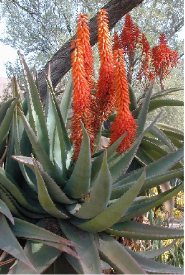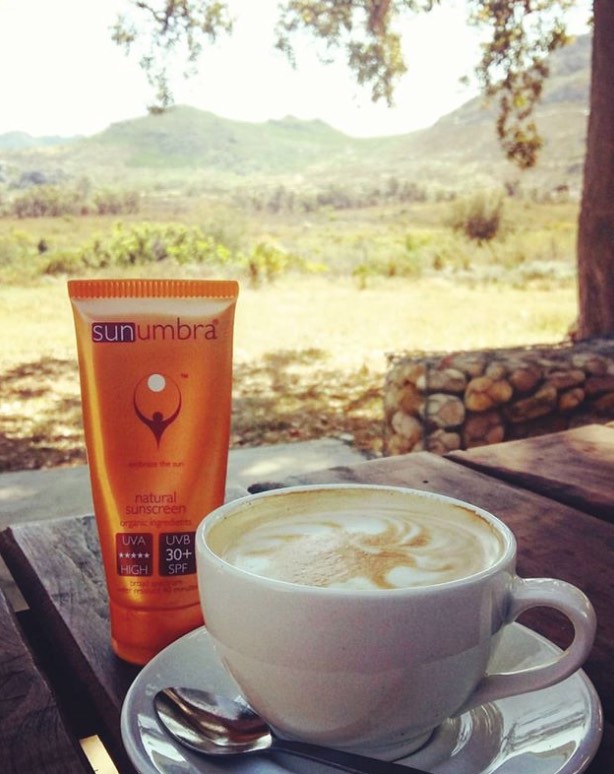Aloe ferox extract
Wild sourced, Aloe Ferox extract has been called "a pharmacy in a plant".
It has been part of the traditional healing practices of the KhoiSan peoples of Southern Africa for centuries. It is endemic to the Cape Province of South Africa.
More commonly known as bitter aloe, it is a species of flowering plant in the family of Asphodelaceae. It is one of several Aloe species used to make a purgative medication called 'bitter aloes' but also yields a non-bitter gel that is sought after for use in cosmetics.
Health benefits of Aloe Ferox extract
A gel that drains from the leaves when cut, it provides countless benefits including:
- prevention of the death of burn tissue
- protection of the skin from drying
- reduction of the formation of wrinkles
- improvement of skin elasticity
- reduction of liver spots
- natural anti-inflammatory
- promotion of skin regeneration
- healing of chafed and chapped skin
- prevention and healing of bed sores
- wound healing
- immune system stimulation
- anti-tumor activity
- anti-viral, anti-bacterial, and antifungal actions
The science of Aloe Ferox extract
Used in the treatment of burn wounds, it relieves pain and increases blood supply by inhibiting the synthesis of thromboxane A2, a potent vasoconstrictor.
It delays the inflammatory response and speeds up recovery time.
Primary constituents are:
Scientific tests comparing Aloe ferox and Aloe vera were performed at the Kirstenbosch Botanical research laboratories in Cape Town, South Africa. These tests showed that the amino acid content of Aloe ferox is almost double that of Aloe ver. Aloe ferox contains a higher concentration of minerals than Aloe vera
Aloe ferox is bactericidal to a variety of common wound infecting bacteria.
It has been shown to be fungicidal to Candida albicans responsible for yeast infections of the mucous membranes and for infections such as athlete's foot and candidiasis (thrush).
Aloe ferox penetrates through the surface of the skin, thus hydrating it whilst forming a cover preventing the escape of moisture.
It also increases oxygen supply as a result of increased blood flow and stimulates fibroblast activity and collagen proliferation essential for skin tissue regeneration.
Aloe ferox reduces photo-aging by restoring the activity of epidermal cells reduced by UV exposure.
Aloe ferox grows wild and no pesticides, herbicides or fertilizers are used.
The leaves are harvested sustainably and the plant is not destroyed, so that the cycle of growth begins again from the original plant.
Aloe Ferox extract - EWG rating
We use a powdered extract form of Aloe Ferox that has not been decolorized.
This is important to note as EWG have rated it reasonably toxic or even carcinogenic if it is decolorized.
Have a question yourself?
Do you have a question or perhaps wish to make a comment or even tell a story about an experience with sunscreen? Please share it! Others will benefit and may join the conversation.








